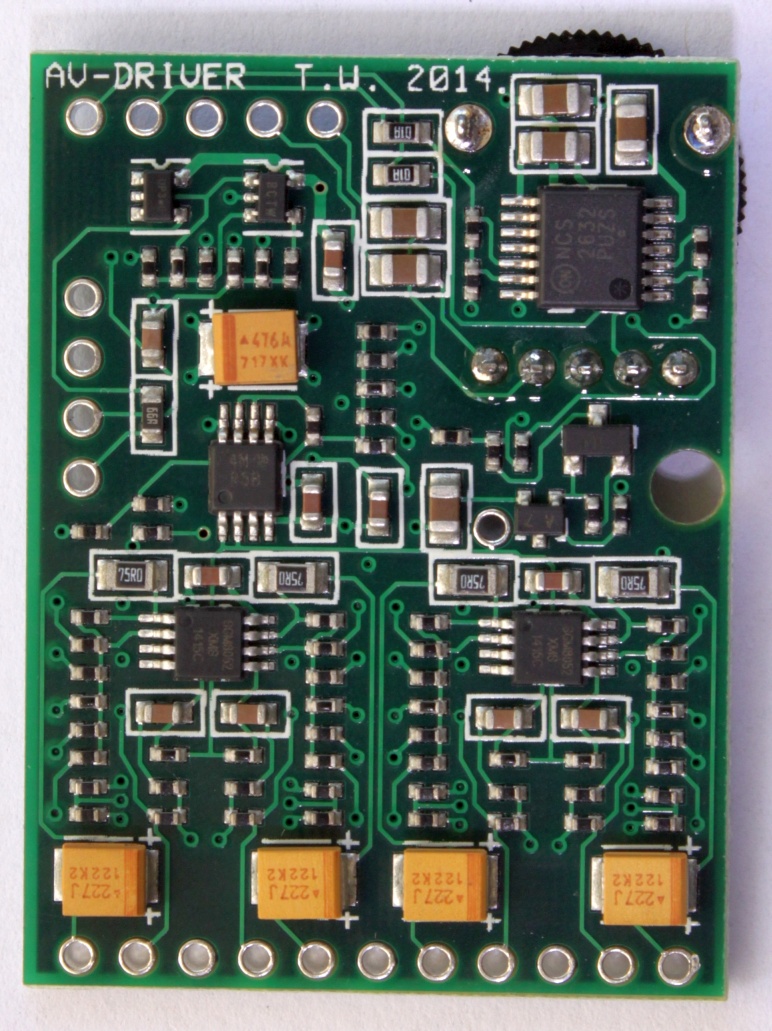I'm trying to build a really simple "supergun" for my bench top setup. I've already got a JAMMA harness wired for controls and power but I need to get the video output setup to go to my LCD monitor (which is capable of 15K and 25K resolutions). I'd like to also include an optional SCART output connector so I have the option of hooking up to my PVM as well.
I'm assuming for the VGA connection I'll want to use a Sync Separator like the LM1881 to break the C-Sync out into H/V Sync?
My other concern however is the voltage ranges. Arcade RGB typically outputs 4V peak to peak but VGA spec is 1V with 75ohm termination. I'm curious how others have handled this aspect of it.
-----------------
JAMMA to SCART seems much more straight forward but but I've seen numerous suggestions for wiring from hooking the output straight to the SCART pins, to using 150ohm resistors, to 330ohm resistors with 220uF caps. I'm interested in what others have used for this in the past... what worked/what didn't?
I'm assuming for the VGA connection I'll want to use a Sync Separator like the LM1881 to break the C-Sync out into H/V Sync?
My other concern however is the voltage ranges. Arcade RGB typically outputs 4V peak to peak but VGA spec is 1V with 75ohm termination. I'm curious how others have handled this aspect of it.
-----------------
JAMMA to SCART seems much more straight forward but but I've seen numerous suggestions for wiring from hooking the output straight to the SCART pins, to using 150ohm resistors, to 330ohm resistors with 220uF caps. I'm interested in what others have used for this in the past... what worked/what didn't?






